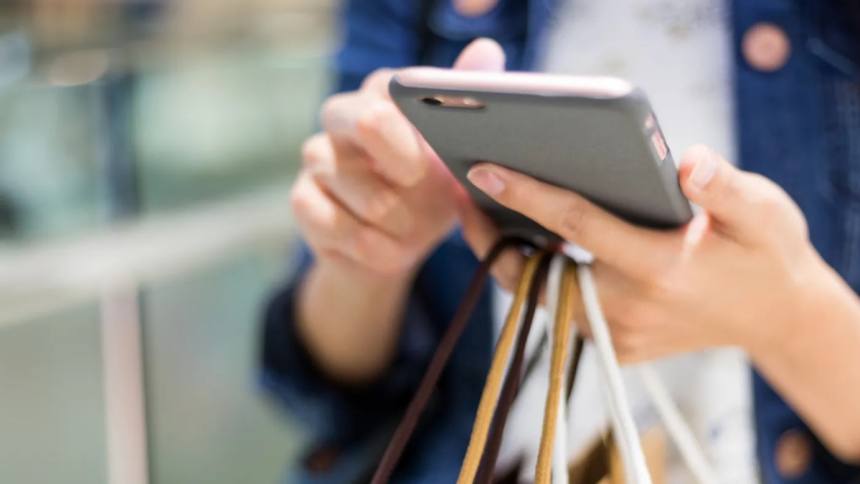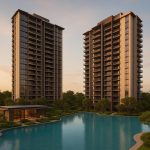In today’s hyper-connected world, a strong and stable cell signal is essential. Whether you’re working from home, streaming a video, or relying on GPS in a remote area, weak reception can be incredibly frustrating and in some cases, even dangerous. You might assume poor cell signal is simply due to your carrier or distance from a cell tower, but the truth is, a wide range of everyday materials and conditions can disrupt your signal.
From your building’s construction to the weather outside, many signal blockers can impact your connectivity without you realizing it. Here are the top five worst cell signal disruptors, how they work, and what you can do to minimize their effects.
1. Building Materials
One of the most significant and overlooked disruptors of cell signal is the materials used in the construction of homes and office buildings. While they serve to insulate and protect, they can also block or degrade radio frequency (RF) signals.
Common Offenders Include:
- Concrete and brick walls: Thick and dense, these materials absorb RF signals and reduce their strength.
- Metal roofing and steel framing: Act like Faraday cages, deflecting signals before they enter.
- Low-E (low-emissivity) windows: Coated with metal to reflect heat, they also reflect cell signals.
- Insulation with foil backing: Reflects heat and cell signals alike.
If your signal drops significantly indoors but improves near windows or outdoors, building materials are likely the culprit.
Solution:
Use Wi-Fi calling when indoors, position your workspace near windows, or install a cell signal booster with an outdoor antenna to bypass the obstruction and bring the signal inside. Trusted brands include weBooster (formerly Wilson Signal Booster), SureCall and a few others.
2. Distance from Cell Towers
It’s simple physics: the farther you are from a cell tower, the weaker your signal. Even with a clear line of sight, signal strength naturally degrades over distance. Rural areas, mountainous terrain, or remote vacation homes often suffer from this issue.
This is especially true when driving or hiking in regions where coverage is limited to a single provider or none at all.
Signs You’re Too Far from a Tower:
- Dropped calls or no service in wide-open areas
- High battery drain as your phone continuously searches for signal
- Better reception only when closer to major roads or towns
Solution:
Install a vehicle cell signal booster or use a mobile hotspot device for improved reception on the go. At home, consider a high-gain directional antenna paired with a booster to pull in weak signals from distant towers.
3. Network Congestion
Even if you’re close to a tower and indoors, network congestion can throttle your cell performance. When too many users connect to the same tower-think large apartment buildings, office complexes, concerts, or sporting events-your signal may be strong but the data speeds slow to a crawl.
Congestion is particularly common during:
- Lunch hours or rush hour in dense urban areas
- Emergencies or disasters, when networks are overwhelmed
- High-traffic events where thousands connect at once
Solution:
Switch to Wi-Fi or use a dual-SIM phone to access another carrier if one is overloaded. Some cell boosters can also help by improving signal strength and reducing the effort your phone expends to stay connected.
4. Natural Obstacles: Trees, Mountains, and Weather
Nature is beautiful but it can also block your signal. Trees, hills, mountains, and even bad weather can interfere with the line-of-sight path needed for cell signals to travel from tower to device.
How Nature Interferes:
- Trees: Especially wet or densely packed trees, can absorb and scatter RF signals.
- Mountains and hills: Obstruct direct lines to cell towers.
- Rain, snow, and fog: Can weaken signal transmission, particularly at higher frequencies.
Solution:
For permanent structures, install a directional outdoor antenna above the obstruction point. For mobile users, consider using a signal mapping app to plan routes around coverage gaps.
5. Electronic Interference
You might not realize it, but your own devices could be messing with your cell signal. Electronics that operate on similar frequencies or emit strong electromagnetic fields can create interference, especially in tightly packed environments like apartment buildings or offices.
Common Sources of Interference:
- Wi-Fi routers (especially older models)
- Baby monitors, cordless phones, and microwave ovens
- Bluetooth devices and wireless speakers
- Smart home hubs and devices
Solution:
Keep your phone away from other wireless electronics when possible. Turn off unused Bluetooth or Wi-Fi devices and reposition your router or booster equipment to reduce cross-interference.
Final Thoughts
Cell signal disruption isn’t always your carrier’s fault. From the walls around you to the trees outside and the tech in your pocket, a surprising number of everyday elements can weaken your mobile connection.
Understanding what’s causing your signal issues is the first step toward solving them. Whether it’s installing a cell signal booster, using Wi-Fi calling, or simply moving closer to a window, small changes can make a big difference in staying connected.
With the right tools and a bit of awareness, you can beat the barriers and enjoy clearer calls, faster data, and better mobile performance-wherever you are.
Lynn Martelli is an editor at Readability. She received her MFA in Creative Writing from Antioch University and has worked as an editor for over 10 years. Lynn has edited a wide variety of books, including fiction, non-fiction, memoirs, and more. In her free time, Lynn enjoys reading, writing, and spending time with her family and friends.















